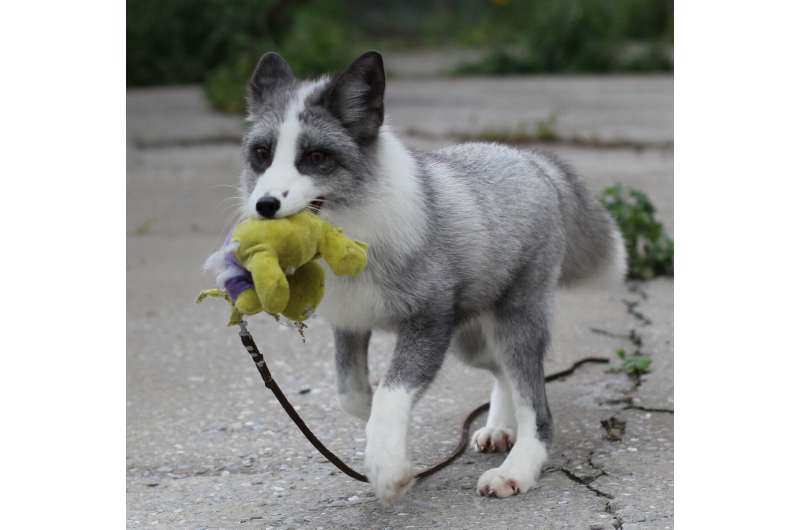Breeding foxes for opposite behaviors produces similar brain changes

Farmed foxes selectively bred for tameness and aggressiveness exhibit similar changes to their brain anatomy, according to research recently published in JNeurosci. Both lineages also have larger brains than conventional farm-bred foxes, complicating leading theories on domestication.
Domesticated species provide insight into complex evolutionary processes on a condensed timeframe. When a species splits from its wild counterpart, its brain, body, and behavior undergo rapid changes. Studies with chickens, sheep, cats, dogs, and more indicate domestication shrinks the brain. But the same pattern does not extend to foxes in the expected way.
Hecht et al. used MRI to measure the brain size and structure of foxes from the classic Russian fox-farm experiment. The research team compared foxes selectively bred for tameness or aggression toward humans with conventional farm-bred wild foxes (the control). Contrary to previous studies, both tame and aggressive strains had larger brains than the conventional, "wild" foxes. The tame and aggressive foxes also displayed similar changes to regions in the prefrontal cortex, despite being bred for opposite behaviors.
These results illuminate a need to rethink how brain circuits relate to behavior evolution as well as how domestication shapes the brain.
More information: Neuromorphological Changes Following Selection for Tameness and Aggression in the Russian Fox-Farm Experiment, JNeurosci (2021). DOI: 10.1523/JNEUROSCI.3114-20.2021
Journal information: Journal of Neuroscience
Provided by Society for Neuroscience


















